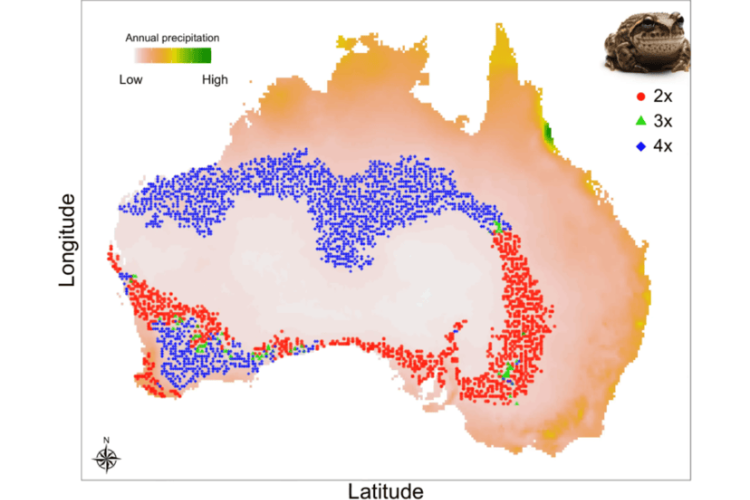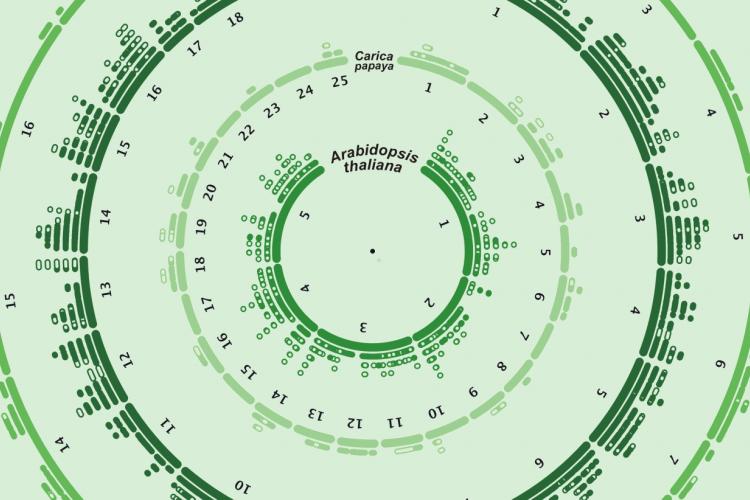Theoretical Methods in Polyploid Research
We study polyploidy from various theoretical perspectives. Theory building and applying theoretical models from related field is a very valuable part of the cycle of scientific research, which complements our empirical research. By framing observations in a robust and transparent representation of the biological world, we can question our understanding in future research using our model systems.








